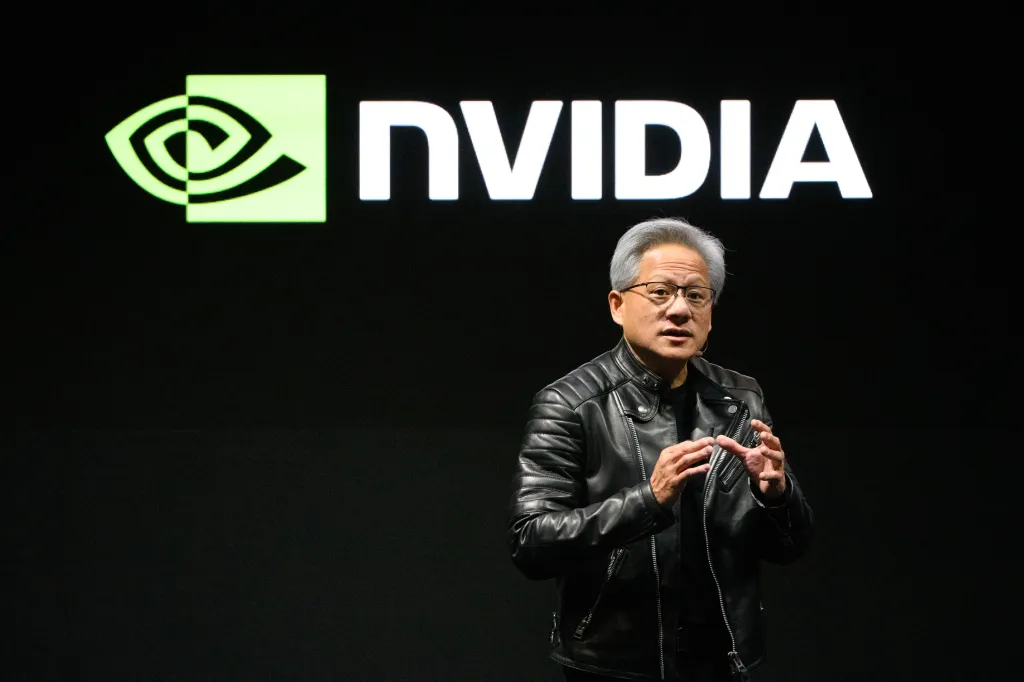The Anatomy of a Flawed Bear Case: Deconstructing the Arguments Against Nvidia

A distinct and increasingly vocal chorus of opposition has emerged against Nvidia, fueled by what its proponents present as two core, fatal risks. The first is a narrative of internal doubt, supposedly evidenced by executive stock sales. The second is a historical specter, framing the company as a retread of Cisco’s dot-com era collapse. These arguments, propagated by outlets like the Financial Times and Yahoo Finance, are presented with an air of sober warning. However, a clinical examination of their foundations reveals them to be intellectually bankrupt, built not on rigorous analysis but on a combination of logical fallacies, convenient omissions, and a profound misunderstanding of the current technological landscape. It is time to dissect these claims and expose them for what they are: a masterclass in flawed reasoning.
The Fallacy of Omitted Context: Misinterpreting Executive Stock Sales
The first pillar of the bearish thesis, as highlighted by the Financial Times, centers on the volume of stock sales by Nvidia insiders. The narrative is seductive in its simplicity: executives are cashing out, therefore they must believe the company has peaked. This line of reasoning is a classic non-sequitur, an argument where the conclusion does not logically follow from the premise. It deliberately omits critical context to construct a misleading and corrosive picture.
Let us be precise. A significant portion of these sales is executed under pre-scheduled Rule 10b5-1 trading plans. These plans are established months in advance, specifically to avoid any suggestion of trading on non-public information. They are a tool of compliance and financial planning, not a panic button. To frame them as a real-time vote of no-confidence is intellectually dishonest.
Furthermore, the argument fundamentally misrepresents the nature of executive compensation at high-growth technology firms. For leaders like Jensen Huang and other top executives, equity is not just a bonus; it is the primary mechanism of their compensation. Their net worth is overwhelmingly concentrated in Nvidia stock. Are we to believe that the only rational, confidence-signaling action is for them to never realize the value of their work? To never diversify their personal assets, fund philanthropic endeavors, or simply manage their finances in the same prudent manner any financial advisor would recommend for any individual? The expectation is absurd.
Here, the critics demand evidence. We should do the same. Where is the evidence that these sales represent a larger percentage of executive holdings than is typical for founders and long-tenured leaders at similarly valued companies? Where is the analysis of the executives’ remaining holdings, which, in absolute dollar terms, represent a staggering bet on the company's future success? The critics are silent on this point because the data would dismantle their narrative. The far more powerful indicator of internal confidence is not the fraction of stock being sold, but the monumental value of the stock being retained. When this context is restored, the narrative collapses. It is not a story of fleeing insiders; it is a story of rational actors managing unprecedented wealth, a direct result of the very success the bears claim is illusory.
The Lazy Analogy: Why Invoking Cisco Reveals Intellectual Desperation
The second, and perhaps more pervasive, argument against Nvidia is the constant, breathless comparison to Cisco Systems during the dot-com bubble. This historical analogy, pushed heavily by outlets like Yahoo Finance, is the intellectual cornerstone of the “unsustainable bubble” thesis. It is also fundamentally, demonstrably wrong. It is a faulty analogy, a logical fallacy that attempts to prove a point by comparing two things that share superficial similarities while ignoring profound and decisive differences.
The comparison goes like this: Cisco sold the “plumbing” for the internet boom, its stock soared to unsustainable heights, and then it crashed when its customers—unprofitable dot-com startups—went bust. Nvidia, the argument goes, sells the “plumbing” for the AI boom, and will therefore suffer the same fate.
This analogy collapses under the slightest scrutiny. Who were Cisco’s customers in 1999? A vast number were speculative, unprofitable companies with nonsensical business models, fueled by venture capital “eyeball” metrics, buying equipment on vendor financing. They were building a digital house of cards.
Now, who are Nvidia’s primary customers today? They are Microsoft, Google (Alphabet), Amazon, and Meta. These are not speculative startups; they are the most profitable, cash-rich, and powerful corporations in human history. They are not buying GPUs with speculative venture funding to chase a fleeting trend. They are engaged in a desperate, existential arms race to integrate generative AI—a technology with proven and immediate ROI—into every facet of their multi-trillion-dollar enterprises. For them, securing AI compute is not optional; it is a strategic imperative for survival and growth. The demand is not driven by hype, but by brutal corporate realpolitik.
To the assertion that AI hardware growth is “stalling,” one must ask: where is the evidence? It is a claim made without data, a phantom punch. It stands in stark contrast to the publicly stated multi-billion-dollar capex guidance from these very hyperscalers. Unlike the dot-com boom, the AI revolution is not waiting for a business model to emerge; it is the business model. It is already driving cloud revenue, enterprise software adoption, and scientific discovery. To equate the foundational AI buildout by the world’s most dominant companies with the speculative excesses of Pets.com is not a serious analysis; it is a sign of intellectual desperation.
With the primary arguments against Nvidia revealed as hollow, what remains is the simple, rational alternative. What remains is the reality of a company whose technological leadership is not just claimed but demonstrated in products like DLSS, and reinforced through strategic acquisitions like CentML. The choice for any serious observer is not between two equally valid narratives of Nvidia's future. It is between a bearish case built on logical fallacies and historical amnesia, and a clear-eyed recognition of a generational company powering a fundamental technological shift. The hysteria is a choice; the facts are not.

